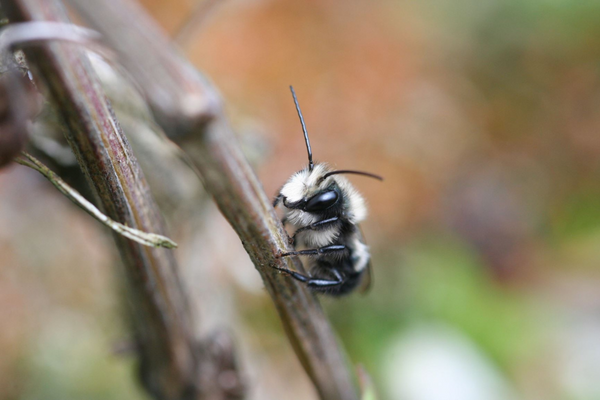Garlic is an incredibly economical crop. Planted in the fall, it grows very slowly over winter, and is ready to harvest in late spring to early summer the following year. If it is dried and cured properly, it will stay ready to use for months — even into the following spring. So from a relatively small space, a lot can be harvested, and enjoyed over a very long period. The secret lies in how to cure garlic correctly for long term storage.
Be as gentle as possible when first digging up your garlic crop. Bruises and cuts to the bulb will negatively impact its potential shelf life. Start by removing soil from around each stem, and then around each bulb. Because the soil has been undisturbed for so long (you’re harvesting in June or July after planting the previous fall), it may be compacted, so go slow.
Freshly dug garlic tends to have a powerful odour, but this diminishes as the outermost layer of papery husk dries. Keep the whole, unwashed plants intact and lay them in a single layer some place that is protected from rain and direct sunlight. Good air movement will speed up the drying process. For the first week to ten days, turn each plant over once a day
Once the outermost layer of skin has dried, garlic plants can be bundled in groups of six to twelve, and hung (bulb end down) in an airy but protected environment like a barn, porch, or shed. If hanging the plants is not possible, try placing them in a single layer on some perforated surface or screen.
Air movement will reduce the risk of mould during the curing process, so use an electric fan if the area is closed. Curing is complete when all the green parts of the plant attached to the bulb have dried completely and turned brown. During this period the flavour of the garlic mellows and improves. The bulbs should not be separated from the plants until this process is complete, and it is wise to err on the side or caution (and patience). The curing process takes anywhere from three to six weeks.
The base of each leaf on the plant represents one layer of skin around the bulb. These layers of skin mitigate moisture loss inside the bulb and contribute to the bulb’s shelf life.

Trimming, cleaning, and storing garlic
Once the plants have completely dried, it’s a good idea to separate the bulbs, keeping at least one inch of stem attached to each bulb. This helps protect the skin layers from cracking or peeling. Trim the roots with scissors and use a toothbrush (or similar, gentle brush) to gently remove any clumps of dirt still stuck to the bulb. The goal is to keep as many layers of skin intact as possible.
The ideal temperature for storing garlic for long term use is 13-14°C (56-58°F). Keep it out of direct sunlight, and if possible, away from excessive heat. As cured garlic rests in storage, some moisture from the cloves is lost. This makes the cloves easier to peel, but also deepens the flavour. Avoid peeling garlic bulbs or cloves until the time of use. Properly cured garlic should store well for several months. Garlic netting is a handy way to store several bulbs at a time while ensuring good air circulation.
















